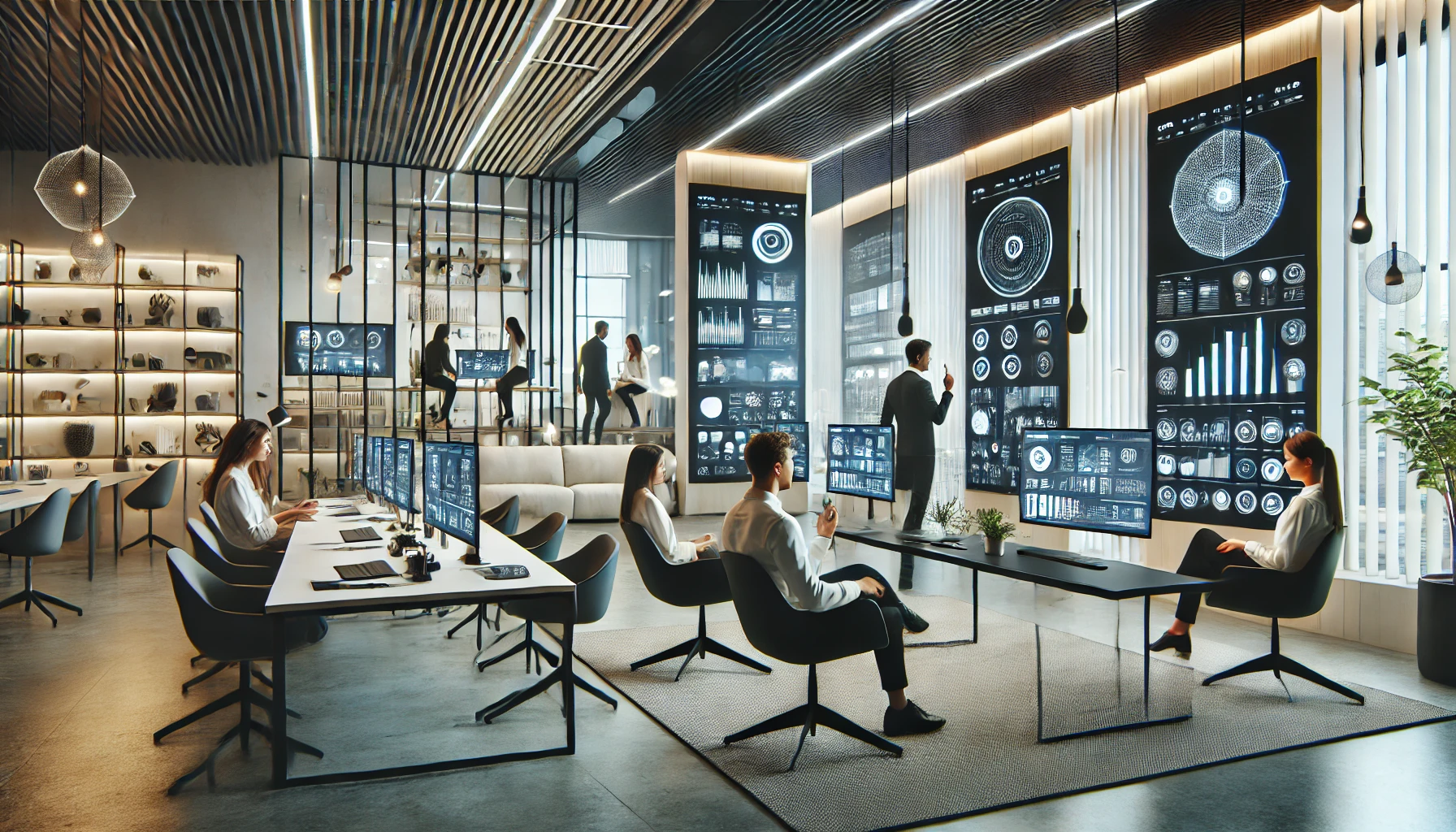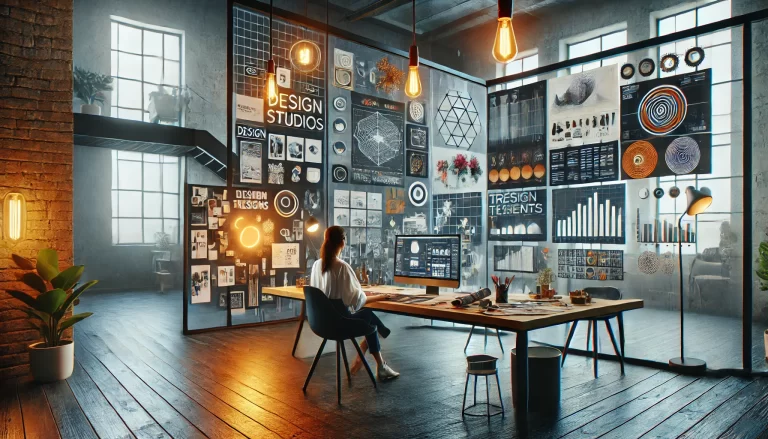Balancing Aesthetics with Functionality in Design

Design is a blend of creativity and practicality, requiring both aesthetic appeal and usability. While beautiful designs capture attention, functionality ensures that they serve their intended purpose. Striking the right balance between these two elements is crucial for designers across all disciplines, from graphic and web design to interior and product design.
1. Understanding the Importance of Both Elements
• Aesthetics: Enhances user engagement, creates a brand identity, and evokes emotions.
• Functionality: Ensures usability, efficiency, and a seamless user experience.
• A well-designed product should not only look good but also be easy to use and effective.
2. Establishing Design Goals Early
Before starting a project, clearly define its purpose and target audience:
• Who will be using the design?
• What problem does it solve?
• What emotions should it evoke?
• Aligning the aesthetic and functional aspects from the beginning helps create a cohesive design.
3. Applying User-Centered Design Principles
User experience (UX) is a key factor in balancing form and function.
• Conduct user research to understand needs and pain points.
• Prioritize ease of use while maintaining visual appeal.
• Implement intuitive navigation and clear layouts in digital designs.
• Ensure accessibility for all users, including those with disabilities.
4. Using Minimalism to Enhance Both Aspects
Simplicity can improve both aesthetics and functionality:
• Avoid excessive decorative elements that may distract users.
• Use a clean and well-structured layout for clarity.
• Maintain consistency in fonts, colors, and visual hierarchy.
• Keep the interface or product design straightforward and efficient.
5. Testing and Iterating Designs
Balancing aesthetics and functionality requires continuous refinement:
• Conduct usability testing to gather feedback.
• Observe how users interact with the design and identify pain points.
• Make iterative improvements based on real-world usage.
• Flexibility in design allows for adjustments that optimize both form and function.
6. Finding Inspiration Without Compromising Usability
• Look at successful designs that achieve a perfect balance.
• Study nature, architecture, and art for inspiration.
• Keep up with design trends but prioritize usability.
• Adapt trends to fit the functional needs of the project.
Conclusion
Aesthetic appeal and functionality are not mutually exclusive; they should complement each other. By setting clear objectives, prioritizing user experience, keeping designs simple, and testing iteratively, designers can create solutions that are both visually stunning and highly practical. The key is to find harmony between form and function to deliver truly effective designs.






